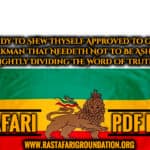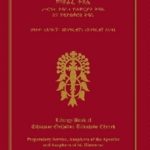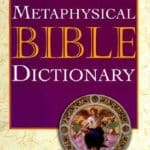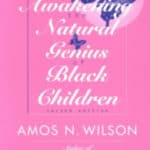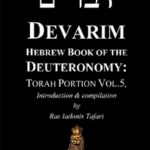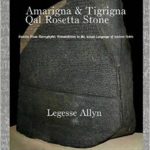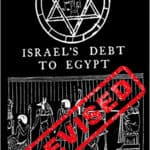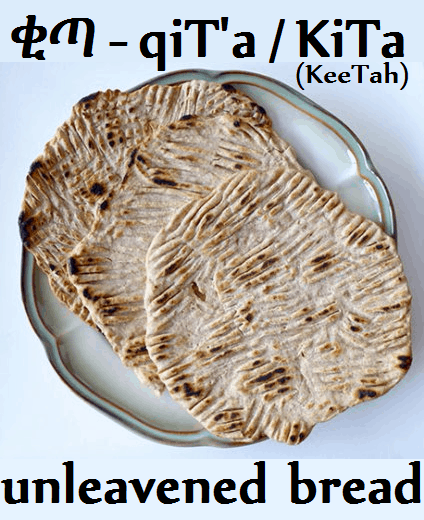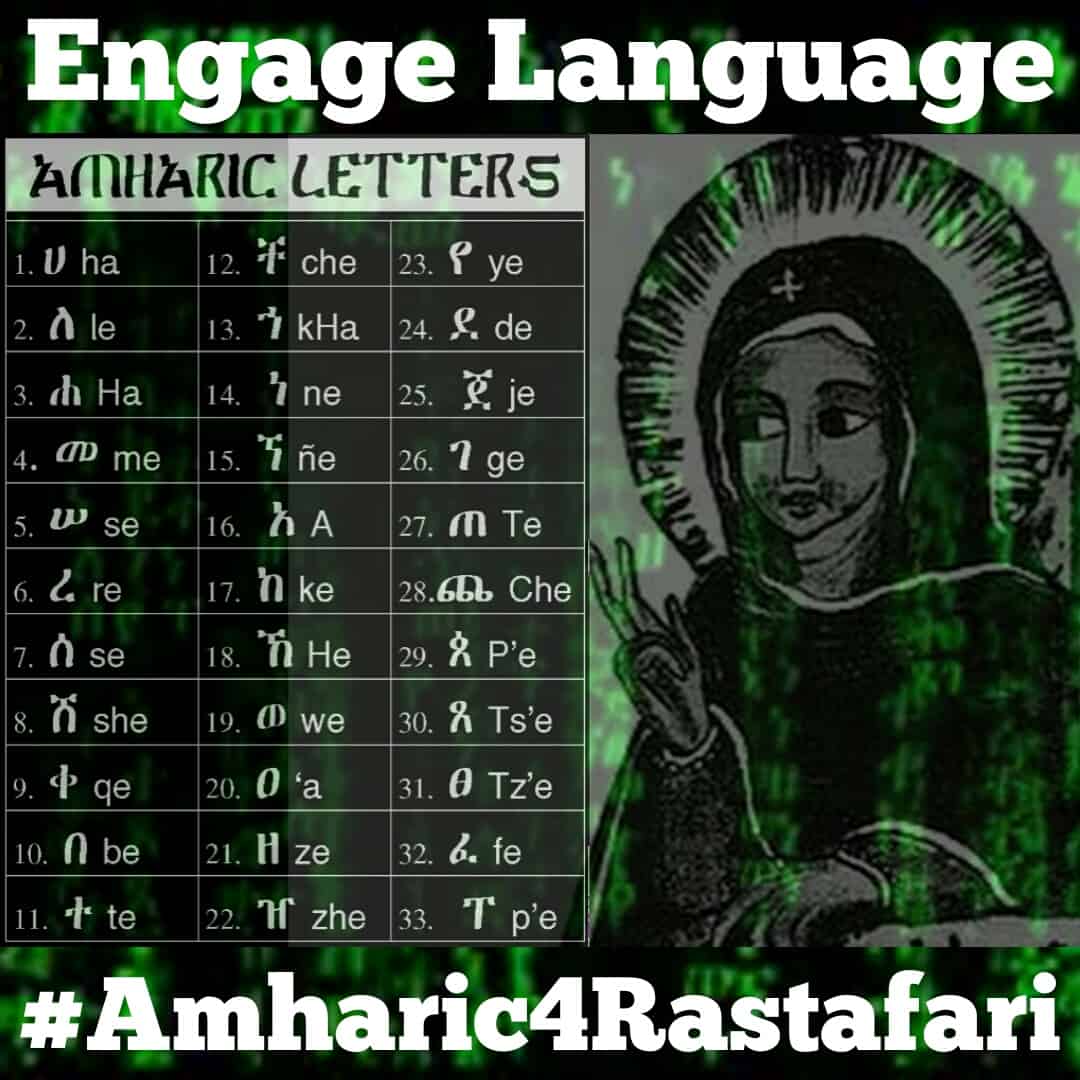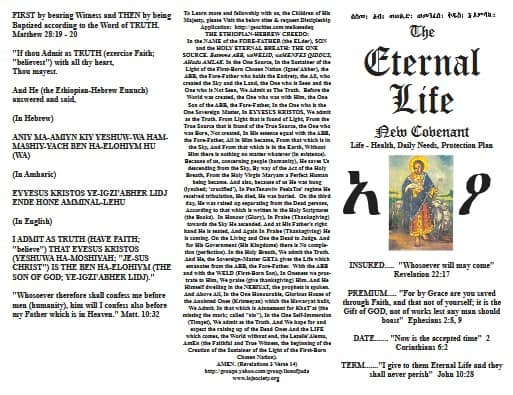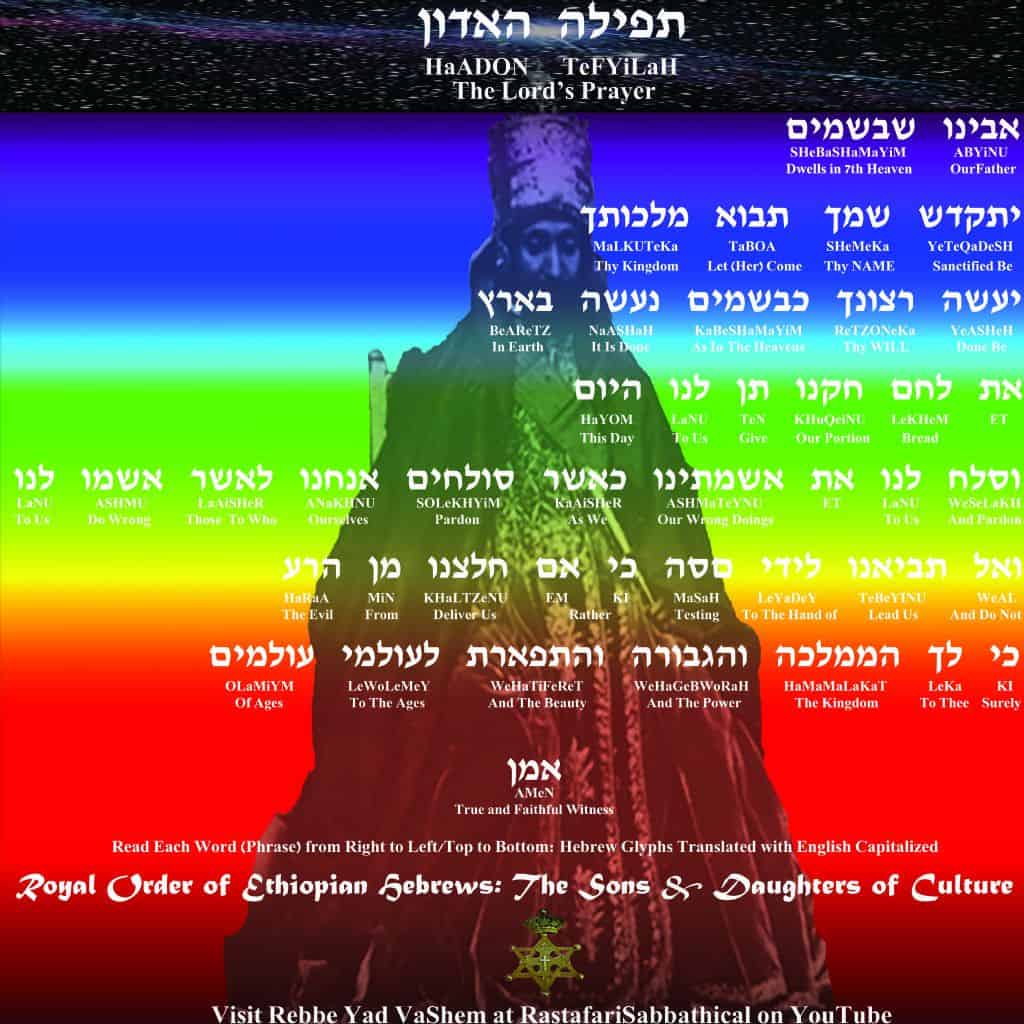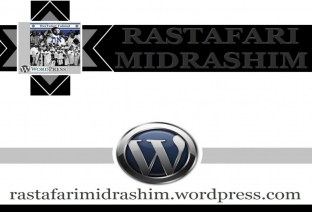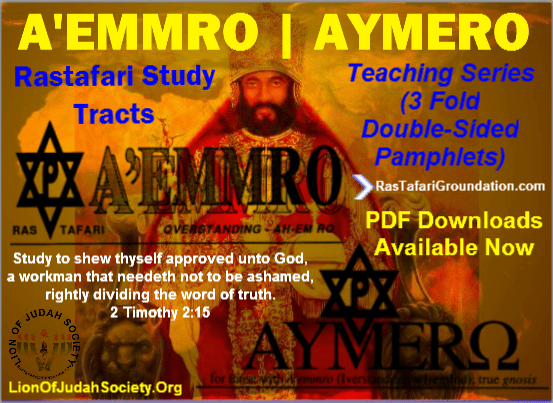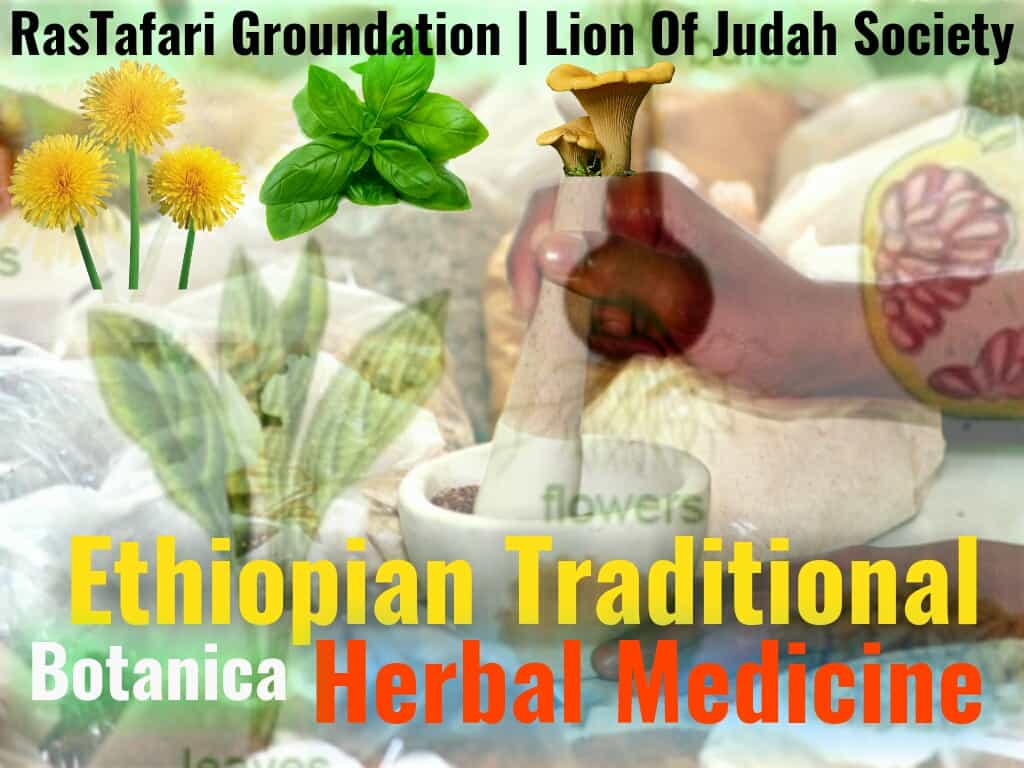by
One of the most exotic foods for Rosh Hashanah comes from the Ethiopian Jewish community, or Beta Israel.
Yemarima yewotet dabo is a special type of bread, sweetened with honey and infused with spices.
The Kaffa province, located in southwestern Ethiopia, is famous for its mountain rainforests covered with coffee trees. This is where coffee originated. The province also has Africa’s largest population of honeybees. These bees produce a very special type of honey, flavored with the nectar of the coffee tree flowers.
The coffee plant is related to the gardenia family, and the honey produced from its nectar is light and aromatic. Ethiopians have historically taken advantage of this abundance of honey and incorporated it into their foods and drinks.
Baking yemarima yewotet dabo is a very ancient tradition. The dabo is baked in a traditional clay pot called a shakla dist. The Beta Israel women are renown for their pottery making skills, a craft which is passed from mother to daughter.
In the thatched hut villages of Ethiopia, a fire was started to make charcoal. The dough for the bread was mixed in a wooden bowl.
The inside of the shakla dist was lined with fresh banana leaves. This was to prevent the dough from sticking to the vessel.
After the dough was poured in, more banana leaves were layered over it. Then the pot was tightly covered.
This “Dutch oven” was placed on the hot coals, and then some coals were positioned on top of its lid. After about 30 minutes, the pot was removed from the fire. The banana leaves were peeled off, and the aromatic bread was ready.
In 1984, Beta Israel came to Israel with Operation Moses, and brought their distinctive Rosh Hashanah bread with them. You may bake some honey dabo in your oven.

YeMarima YeWotet Dabo (የማሪማ የወተት ዳቦ): Spiced Ethiopian Honey Bread

- 5 cups flour
- 1/2 cup organic wildflower honey
- 2 1/2 tablespoons active dry yeast
- 6 tablespoons butter
- 1 cup milk
- 1/4 cup water
- 1 egg
- 1/8 teaspoon ground ginger
- 1/2 teaspoon ground cinnamon
- 1/4 teaspoon ground cloves
- 2 teaspoons ground coriander
- 1 teaspoon salt
- Place the yeast in a bowl with ¼ cup warm water. Allow to rest for 10 minutes.
- In a large bowl, combine the honey, egg, salt, cinnamon, cloves, ginger, and coriander.
- Add the yeast mixture to the honey and spices.
- Pour in 1 cup of warm milk and 6 tablespoons of melted butter.
- Mix in the flour.
- Cover the bowl with a kitchen towel, and allow the dough to rise for 90 minutes.
- Take the dough out of the bowl, and knead.
- Shape into a round loaf.
- Place the loaf on a cookie sheet covered with banana leaves or parchment paper.
- Preheat the oven to 325°F.
- Allow the dough to rise for 30 minutes.
- Bake the bread for 60 minutes.
I chose to bake the bread much as it had been prepared in Ethiopia.
I purchased frozen banana leaves and followed the package directions. First, I defrosted them for a couple of hours. Then, I rinsed them with cold water, and dried them off with paper towels. This removed the sap and white powdery substance that naturally occur on the leaves.
I lined my baking dish with the leaves, and using scissors, cut them to the desired size. I placed the dough in the baking dish and put it in the oven. As the bread started baking, the banana leaves imparted a smell reminiscent of tea steeping. The leaves themselves are not edible.
After one hour, the dabo was finally ready. I pulled out the golden, crusty loaf, which gave off an earthy aroma. Impatiently, I sliced it while it was still hot. It had a wonderful, moist, spongy texture, with a crackly crust. It was not too sweet, with only a hint of spices.
This bread is delicious on its own, or with more honey, and of course, a cup of Ethiopian coffee.
= = post from (Ethiopian/Hebraic New Year, Melkam Addis Amet (መልካም አዲስ ዓመት): Shanah To[b]vah! (שנה טובה)
link her @ http://pjvoice.org/2014/08/31/rosh-hashanah-honey-bread-from-the-beta-israel/#.WD8TRX3EPwr





